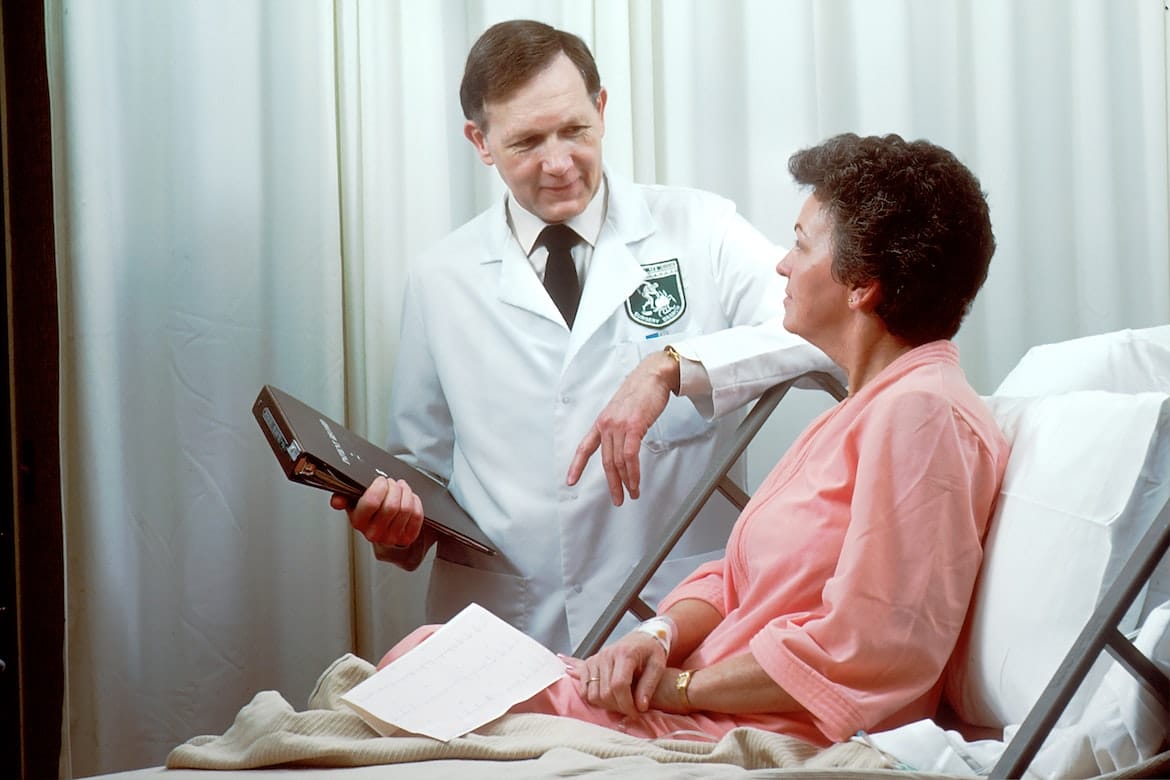Preventive Healthcare
What is Hemolytic Anemia: Causes, Symptoms, Treatment and Types
1677 Views
0

You may not have heard about hemolytic anaemia, but you know about anaemia. Unfortunately, anaemia is a common medical condition in the world, most prevalent in countries with poor diets and improper distribution of resources.
However, specific populations are likely to attract hemolytic anaemia. African males are more likely to be diagnosed with G6PD deficiency. Moreover, research has revealed that hemolytic anaemia can develop among any age group, irrespective of sex. The 50-70 are prone to develop this medical condition. Furthermore, if you keep this severe medical condition untreated, your chances of developing further complications like cardiovascular diseases are relatively high.
Read the complete and take measures to protect your near ones from hemolytic anaemia.
What is Hemolytic Anemia?
You may have anaemia if your blood contains fewer red blood cells than average. Hemolytic anaemia is a subtype of anaemia. This is a medical condition where your red blood cells break faster than the speed of their production by your bone marrow. As a result, the number of red blood cells reduces in your blood.
When your red blood cells break down quicker, your bone marrow also starts producing red blood cells quickly to reduce the scarcity. Hence, the severity of hemolytic anaemia depends on the rate of production of red blood cells by the bone marrow.
Your body provides oxygen to the cells and tissues of different organs via red blood cells. In a hemolytic anaemic condition, your body fails to provide sufficient oxygen making you weaker than an average healthy human.
Types of Hemolytic Anemia
Scientists and doctors have classified hemolytic anaemia into two types based on the way your red blood cells are breaking down:
- Intrinsic Hemolytic Anemia
- Extrinsic Hemolytic Anemia
Intrinsic Hemolytic Anemia
This type of hemolytic anaemia is a genetic condition in a family. A baby is more likely to be born with this medical condition if anyone in their family has hemolytic anaemia. This case is called congenital hemolytic anaemia. There are further subtypes of this category:
- Sickle cell anaemia
- Pyruvate kinase deficiency
- G6PD deficiency
- Hereditary spherocytosis
Extrinsic Hemolytic Anemia
This type of hemolytic anaemia is developed after a baby is born. This is a severe medical condition and can affect any age group. Extrinsic hemolytic anaemia is caused when your immune system attacks and destroys your red blood cells. This is called the 'autoimmune system'. Your autoimmune system fails to distinguish between foreign particles and your red blood cells. Factors like medicine and other diseases can also lead to extrinsic hemolytic anaemia.
Causes
Intrinsic hemolytic anaemia is a genetic condition. Hence, the leading cause lies in family history. However, in extrinsic hemolytic anaemia, several other reasons may be considered responsible:
- Bacterial and viral infections like malaria, Haemophilus influenza, rocky mountain spotted fever, HIV etc.
- Blood cancer.
- Autoimmune disorders, such as rheumatoid arthritis, lupus and ulcerative colitis.
- Enlarged spleen.
- Certain medicines and vaccinations like penicillin, antimalarial medicines, sulfa medicines, or acetaminophen, antibiotics such as cephalexin, ceftriaxone, penicillin, ampicillin, or methicillin, chlorpromazine (Thorazine), ibuprofen (Advil, Motrin IB), interferon alpha, procainamide, quinidine, rifampin (Rifadin).
- Certain tumours.
Risk factors
You can easily sense the risk factors for hemolytic anaemia:
- A family record.
- Blood cancer.
- Exposure to viruses and bacteria
- HIV.
- An abnormal elevation of liver enzyme.
- Low platelet count.
Symptoms of Hemolytic Anemia
Hemolytic anaemia exhibits symptoms that are common to any other anaemic condition. Visit a doctor as soon as possible if you sense any of the following symptoms for a considerable time. Don't neglect the situation too late:
- Fatigue
- Dizziness
- Pale yellowish skin tone(Jaundice)
- Irregular heartbeat
- Tiredness after regular exercise
- Shortage of breath
- Low blood pressure
- Darkening of urine colour
- Blood in urine
- Prolonged fever
- Enlarged spleen or liver or both
- Murmuring in heart
Diagnosis and Treatment
Diagnosis
Several diagnosis methods can detect hemolytic anaemia:
- Skin test
- Blood test
- Urine test
- Biopsy of your bone marrow if nothing is revealed from the abovementioned difficulties.
Treatment
Hemolytic anaemia is treated based on the type of the condition. It is also treated by keeping the condition's age, medical history and severity in mind. Your doctor may initiate any of the following treatments:
- Blood transfusion
- Immune globulin
- Corticosteroids
In severe cases, your doctor may ask you to be admitted to the hospital for further and advanced treatment requiring professional monitoring. In that case, treatment options are:
- Exchange transfusion
- Splenectomy
- Immunosuppressive therapy
What to Do at Home?
Unfortunately, certain things are not in your hands. You cannot prevent or avoid hemolytic anaemia. However, you can follow the following routines:
- Add folic acid to your daily food chart. Seek help from a professional nutritionist for your diet plan.
- Drink at least 2.5 litres of water to keep your body well hydrated.
- Don't eat undercooked food.
- Wash your hands regularly to void any viral or bacterial infections.
- Don't bathe in cold water. Cold water may trigger the breaking of red blood cells. Instead, choose lukewarm water.
- Exercise regularly.
- Regular checkups if your family has a history of this condition.
Conclusion
To summarise, hemolytic anaemia is curable. You have to follow your doctor's instructions diligently. Please don't take hemolytic anaemia casually. However, if you keep your medical condition untreated, you might face severe consequences like cardiovascular diseases. Moreover, try to avoid excess physical labour. Also, reduce your intensity of physical training.
Metropolis Healthcare is one of India's leading diagnostic centres. Visit your nearest Metropolis Healthcare Centre for any pathological test. They have a good reputation for satisfying their clients.
Some of the advantages of Metropolis Healthcare are as follows:
- Latest testing apparatus.
- One-time sample collection.
- Special attention to every patient, especially children and infants.
- Clean and sanitized labs.
- Optimum safety measures maintained by the professionals.
- An accurate and checked report in less than 24 hours.
Final Takeaway
- Follow the instructions of your doctors and nutritionist.
- Maintain a balanced diet.
- Try to eat one fruit a day.
- Avoid HIIT exercises.
- Regular medical checkups.
- Routine tests in Metropolis Healthcare as prescribed by the doctors.
- Feel free to test your chances of hemolytic anaemia from Metropolis Healthcare before initiating the marital relationship.













1701259759.webp)









 WhatsApp
WhatsApp